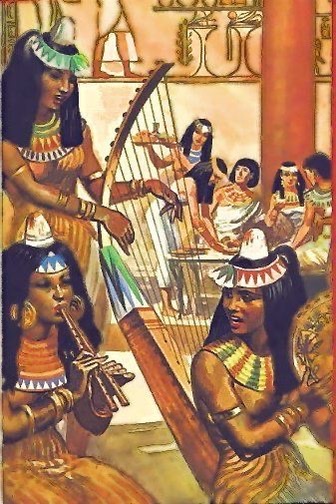Part 1
The Virgin Mary remains the most revered woman on earth—not for what she accomplished but for the son she bore. Millennia ago, women didn’t have acceptable professions. We often hear that prostitution is the oldest profession. In fact, it was actually considered honorable in some eras and locales, but never in the U.S., a relatively young country.
During my youth, in the 1950s and ’60s, no one asked what our mothers did because it was automatically assumed they were housewives. Those who had paying jobs were generally considered lower class and poor reflections on their husbands, whose incomes presumably weren’t sufficient to support their families. By the 1970s, American culture was more accepting of career women, and I became one.
Before it was commonplace for wives and mothers with successful husbands to have successful careers themselves, there were rarities such as teachers, nurses, and renowned entertainers. Sadly, many people today know more about famous singers, comedians, talk-show hostesses, and film and TV stars than they do about the politicians and judges who contribute to their betterment or downfall. To go with the flow, let’s explore the history of drama, dance, and singing, and some of the most famous women in those arts.
India
During ancient times, India, unlike nearly all other countries, encouraged women to act and dance. Other cultures mandated that only men could, even if they had to portray the female characters. Also, from a global perspective, India may compete with Greece and Rome for the earliest dramatic presentations—somewhere between 500 BC and AD 500—but India was also the first country to treat actors, actresses, and dancers with respect and afford them rigorous training. The Hindu theory was that a great play, poorly performed, loses the audience, whereas an inferior play, brilliantly performed, enthralls the audience.
During the 10th and 11th centuries, Islamic conquerors forbade theater. Then, in the 15th to 19th centuries, there was a resurgence. Beginning in the 18th century, under British colonization, however, strong components of its culture disparaged the performing arts. The powerful East India Company, British officials, and Christian missionaries prompted the 1910 edict that demanded an end to the artistic rituals in Hindu temples. Unfortunately, the colonists considered female dancers to be vulgar harlots as well as slaves to idols.
Despite India’s lack of independence, what grew to be called Bollywood had successfully launched in 1897. By then, however, India’s people had been brainwashed to believe that respectable women had no place in entertainment, so men had to play the female parts until 1914.
Greece, Italy, Turkey, and Spain
Around 500 BC, Greek drama arose to portray Greece’s venerated gods and goddesses. Before 400 BC, Rome had followed suit with its similar religious practices. Greeks built the first theatres in Constantinople (now Istanbul), and during the early years of the Roman Empire (27 BC–AD 476), the Romans enlarged what Greece had erected. The Romans also created ubiquitous original theaters in Spain.
During the 3rd century AD, many Greek and Roman theaters were destroyed in the barbarian invasions. After AD 413, when Rome adopted Christianity, drama was frequently discouraged because some plays ridiculed the Church, and by the end of the fifth century all their theaters were abandoned. The Constantinople theaters, however, thrived until 692 when the church passed a resolution forbidding all mimes and theaters.
Presumably during their heydays, Spain and Turkey had the same cultural attitudes toward actors and actresses as in ancient Italy, where most actors had the social status of criminals and prostitutes. Also, many were slaves and could be beaten by their masters as punishment for an unsatisfactory performance.
In the first century BC, however, Licinia Eucharis, a Roman actress who was born a slave, achieved fame and respect during her brief life. Due to her stellar talent, she became a freedwoman, earned a respectable income, and performed for the nobility. It’s unclear whether she or another wrote the following epitaph for her tombstone:
“Eucharis, freedwoman of Licinia, an unmarried girl who was educated and learned in every skill. She lived fourteen years.
Ah, as you look with wandering eye at the house of death, stay your foot and read what is inscribed here. This is what a father’s love gave his daughter, where the remains of her body lie gathered. ‘Just as my life with its young skills and growing years brought me fame, the sad hour of death rushed on me and forbade me to draw another breath of life. I was educated and taught as if by the Muses’ hands. I adorned the nobility’s festivals with my dancing, and first appeared before the common people in a Greek play.
‘But now here in this tomb my enemies the Fates have placed my body’s ashes. The patrons of learning—devotion, passion, praise, honour—are silenced by my burnt corpse and by my death.
‘His child, I left lamentation to my father, though born after him, I preceded him in the day of my death. Now I observe my fourteenth birthday here among the shadows in Death’s ageless home.
‘I beg you when you leave, ask that the earth light upon me.’”

